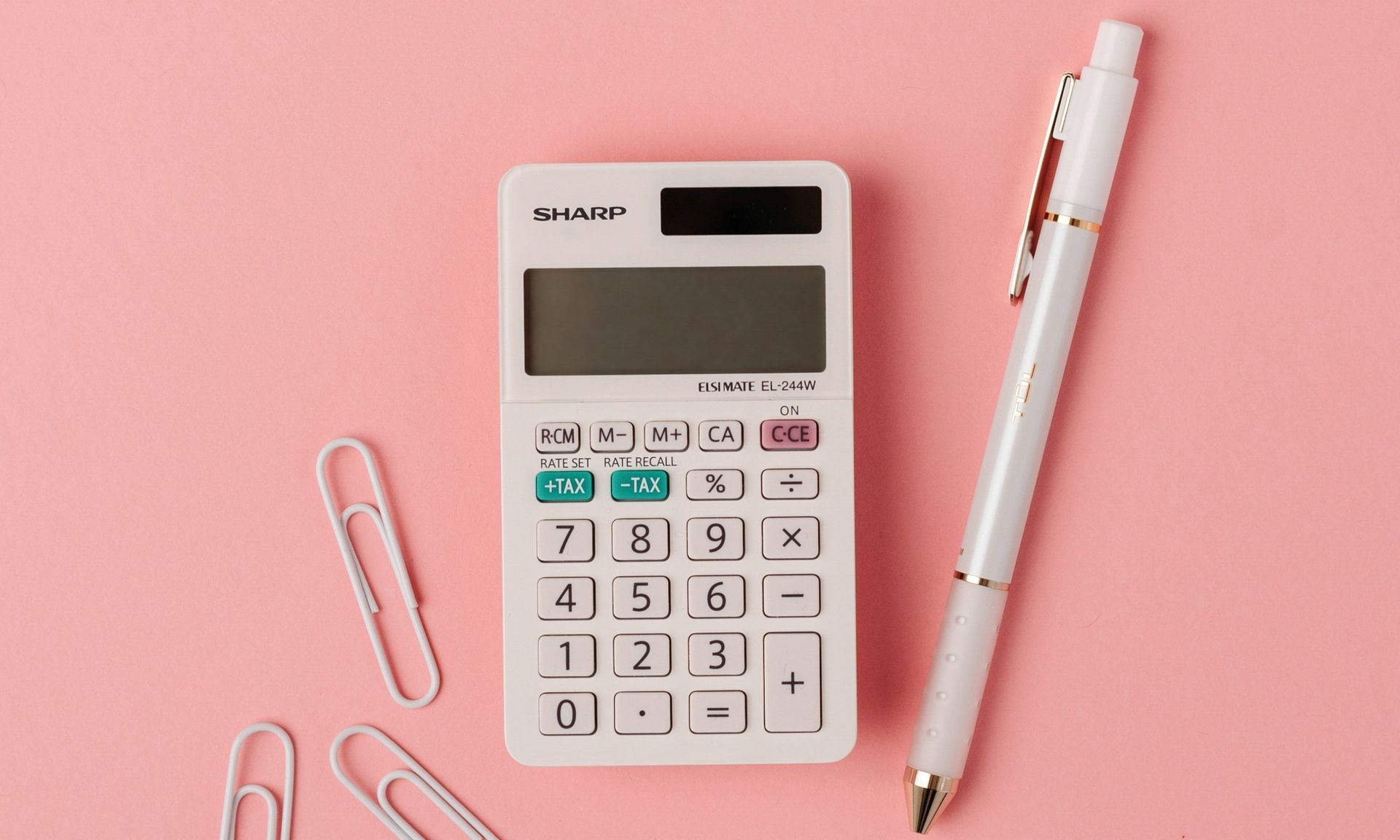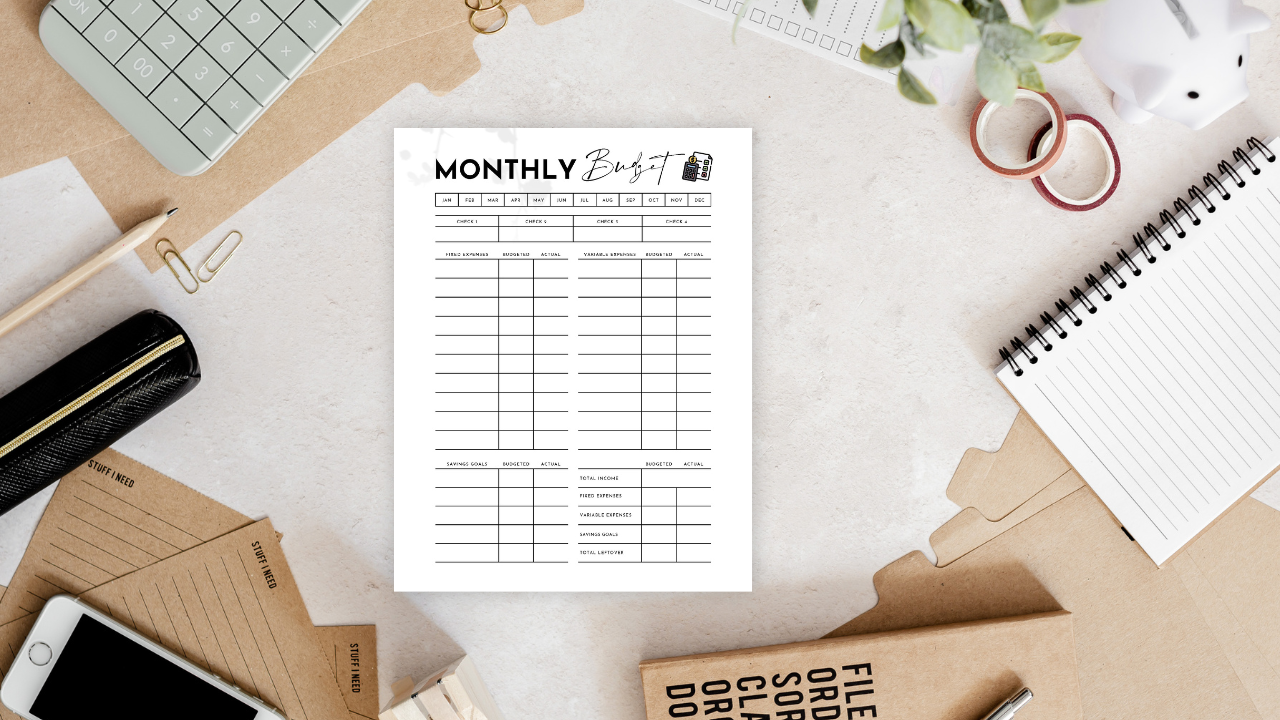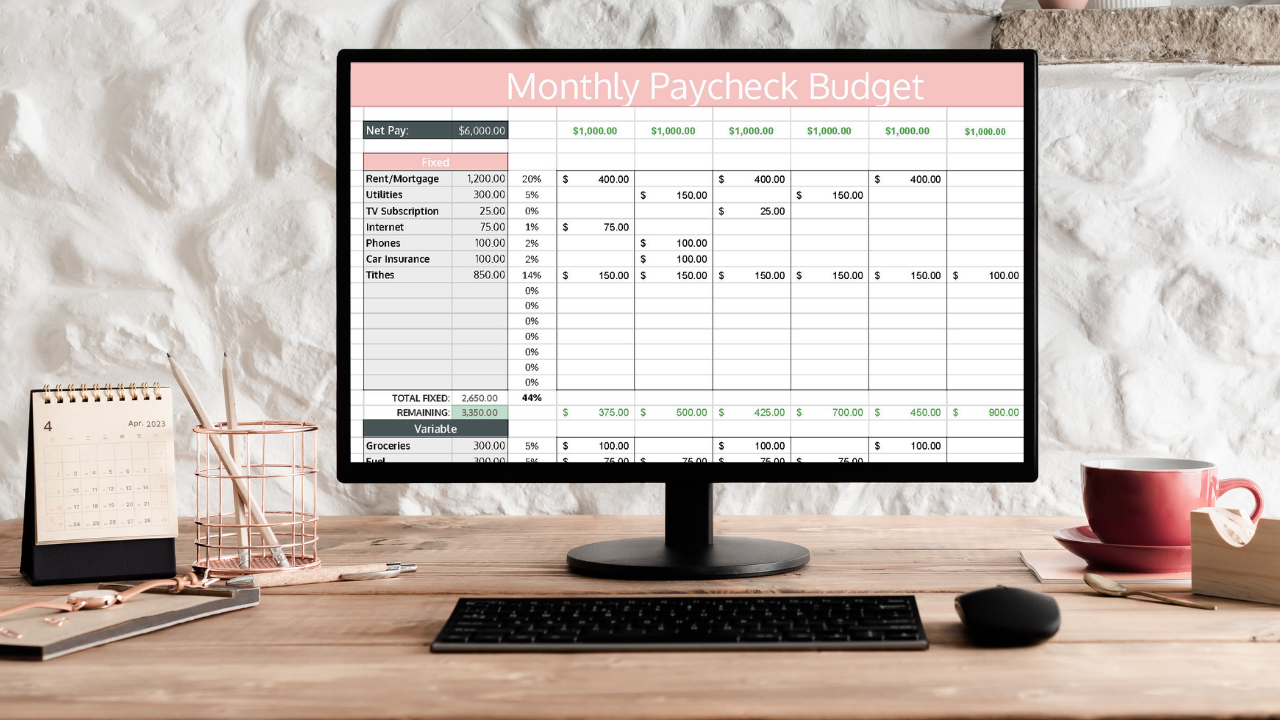What is a Back Door Roth and Who Needs It
If you want to take advantage of the many benefits of a Roth IRA but make to much to do so, the backdoor Roth IRA conversion offers a workaround.
Roth IRA's boast many benefits, including tax-free growth on your investments and tax-free withdrawals in retirement. Consequently, the Roth IRA is an attractive investment vehicle for those who want to mitigate their tax burden. Additionally, unlike a Traditional IRA, the Roth IRA does not have an RMD requirement or penalty for early withdrawals.
However, the IRS imposes income limits on who can contribute to a Roth IRA. Because of this, the backdoor Roth is a great option for those who would like to take advantage of Roth benefits, but don't qualify to contribute to one.
What is a Backdoor Roth?
High-income earners are barred by the IRS from contributing directly to a Roth IRA. However, the backdoor Roth is a specific strategy that is used to convert Traditional IRA contributions to Roth IRA contributions by putting money into a Traditional IRA post-tax, then immediately converting the account to a Roth IRA.
Who Needs a Backdoor Roth?
Whether or not you need a backdoor Roth is related directly to your modified adjusted gross income (MAGI) in the year the contributions are made. The table below outlines these income restrictions.
| FILING STATUS | 2023 MODIFIED AGI | ALLOWED CONTRIBUTION |
|---|---|---|
| Married Filing Joint | < $218,000 | $6,500 |
| Married Filing Separately | < $10,000 | Reduced Amount |
| Single / Head of Household | < $138,000 | $6,500 |
If your modified adjusted gross income (AGI) exceeds the amounts defined in the table above, you may be able to contribute a reduced amount until you reach the phase-out income. Once your income exceeds the phase out level, you may not contribute anything to a Roth IRA.
How to Complete a Backdoor Roth Conversion
In short, to complete a backdoor Roth conversion you must first fund a Traditional IRA, then rollover the funds to a Roth IRA and likely pay taxes on the conversion. Or, you can make nondeductible contributions to a Traditional IRA and rollover the funds to a Roth IRA without paying taxes upon conversion since you put the money into the Traditional IRA after-tax.
Here's how to do it step by step:
- Open a Traditional IRA. If you don't already have one, consult a financial advisor. On the other hand, if you do have a Traditional IRA with funds in it already, you can convert the funds held in it to a Roth. However, keep in mind you'll have to pay taxes upon conversion of these funds, since you likely put the funds in the account pre-tax.
- Fund the IRA with non-deductible contributions. This means you put money into the IRA after-tax, and you do not seek any tax deductions for contributions in the year contributed. While typically a Traditional IRA is funded with before-tax dollars, making after-tax contributions to it will save you the extra step at the end of the year of paying taxes upon converting to the Roth.
- Communicate with IRA company, financial advisor, and/or HR department of your intent to make a conversion. Your IRA administrator or brokerage firm should give you instructions and paperwork to authorize the conversion.
- Make the conversion and pay any required taxes. If you fund your Traditional IRA with non-deductible contributions (after-tax contributions) and immediately convert it to a Roth, you shouldn't owe any taxes. On the other hand, if you are converting an existing Traditional IRA with deductible contributions in it, you'll owe taxes upon conversion.
A word of caution: if you are rolling over an existing Traditional IRA or 401(k) with pre-tax dollars in it, calculate the taxes you'll owe before making the conversion. You could end up with a hefty tax bill depending on how much you have in the account. Also keep in mind that ALL employer matching contributions are considered pre-tax, and therefore will always be taxed upon a rollover Roth conversion.
Rolling Over Funds vs Converting Funds
Maybe you're wondering why I keep using two different terms: rollover and conversion. Both refer to the transfer of funds from one retirement account to another, but the methods of transfer are different.
Specifically for a Traditional IRA or 401(k) to Roth transfer, a rollover refers to taking pre-tax Traditional funds from an existing Traditional IRA or 401(k) account and rolling them into a Roth IRA.
A Traditional to Roth conversion typically refers to moving after-tax Traditional funds from a Traditional IRA you recently set up, and immediately converting the Traditional account to a Roth account.
Got it? ;) Confusing, I know. Don't fret, a financial advisor can help you with this.
Roth IRA Benefits
Roth IRA's boast some major advantages over a Traditional IRA, the biggest being how and when the money in a Roth is taxed. Simply put, a Roth IRA allows you to grow your investment tax-free and enjoy tax-free withdrawals in retirement!
Below are notable perks of a Roth IRA or 401(k):
- Withdrawals in retirement are tax-free
- Earnings on contributions grow tax-free
- No required minimum distributions at a certain age, unlike the traditional IRA
- You can contribute to your Roth IRA past normal retirement age (subject to income limitations)
- If applicable, beneficiaries that inherit your account will also receive money tax-free
For the majority of people a Roth IRA is preferred over a traditional IRA, especially if you expect your income to increase over time. It's always a good idea to consult your financial advisor and determine what's best for your unique situation.
Backdoor Roth Planning Considerations
While a backdoor Roth can be beneficial in many situations, here are a few things to consider before taking action:
- A backdoor Roth conversion can trigger a significant tax burden if you are rolling over an old account. If you will have to take a distribution of your retirement funds to cover the taxes, you might want to reconsider.
- The five-year rule: Roth IRA accounts need to be open a minimum of five years to make tax-free withdrawals without penalty. If you will need the funds sooner, you might want to keep the money where its at.
- Tax ramifications in year of conversion could push you into a higher tax bracket. Not only will you have to pay the taxes on the money you convert, but depending on how much you withdraw, you could push yourself into a higher tax bracket. You want to avoid this if possible. Consult with your tax profession to determine the best course of action.
I can't stress this enough- consult with your tax professional and financial advisor when making investment decisions that have tax implications. You want to ensure that the benefits outweigh the costs before taking action!

Share this post!


























































































































